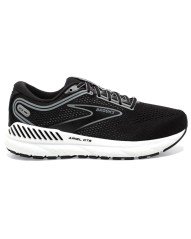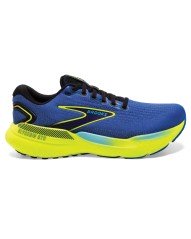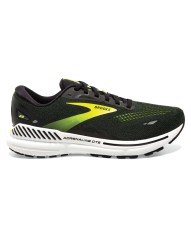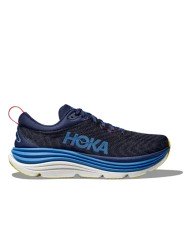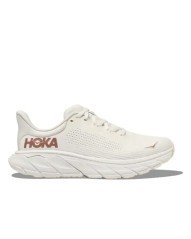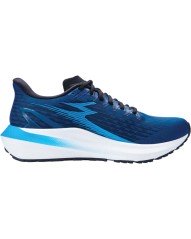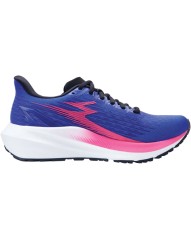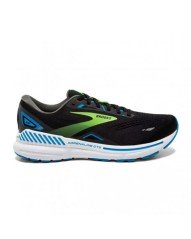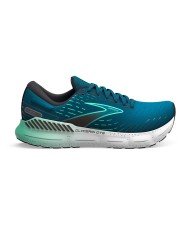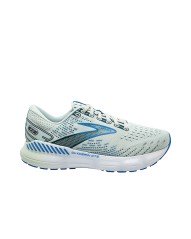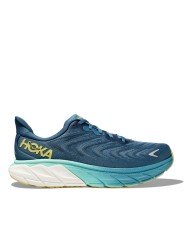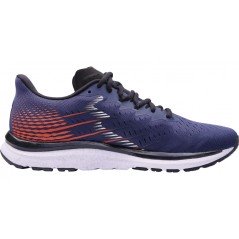Guide to choosing the right running shoes
Guide to how to choose running shoes Welcome to the Guide dedicated to how to choose your new running shoes: if you're in this page, you definitely want to learn more about running shoes because you're getting close to this discipline (and it is never too late to start running!) or because you're already a runner expert, but you want to get a technical advice is accurate and timely.
Well, then make yourself comfortable and follow our Guide on running shoes that will make you more secure in choosing your next running shoe.
When I change it?
First of all, how you should change running shoes? The answer is not unique, in the sense that it depends on many factors, primarily the type of shoe, in the second place, the weight of the runner, in the third place, the frequency of use.
In general, however, it is recommended that you change your running shoes every 600-800 kilometres. Nevertheless, you need to check that they are intact in all their parts, and do not present any sagging in the tread and in the mesh.
it is clear that runner most heavy have to change their shoes before runner light, as well as who does many miles a week will change more often than those who practice running from time to time.
that Said, let's look at our guide on running shoes.
The guide is structured in the following chapters. Them briefly summarize here:
- the Type of the running shoes on the market
- the Weight of the runner
- foot Support
- the Surface on which it runs
- Frequency
Them, we will analyze one by one to clarify your ideas. And, in conclusion, we will give you some advice to put into practice in the moment in which you try the actual shoe.
Ready? Run!
The types of running shoes on the market
If you've already done a ride between the tabs of SportIT or looked at the names of the various running shoes, you will know that below are always descriptions such as “A2”, “A3”, “A4”. What is the meaning of these acronyms? Simply, give an indication fast, accurate, and on the type of shoe that we have in front of it. You describe like this:
A1 – Shoes ultra-light
Running Shoes A1 are dedicated to the runner experienced, faster, and lighter. They weigh very little, usually less than 250 grams, and we can say that shoes are “racing” or " training tosti, where the pace is very high. Are not suitable for amateur use and occasional.
A2 – Footwear intermediate
The Shoes Running A2, compared to A1, are heavier (typically up to 300 grams), and provide the runner more cushioning and protection. Also these shoes are dedicated to the runner's regular that you engage in workouts or fast in races where the pace is good but not exaggerated. We can say that for amateur use, they are indicated only for runner very experts who train frequently.
A3 – Shoes depreciated
With the Running Shoes A3 we get closer to the concept of comfort and protection, why are running shoes with great cushioning power. Are running shoes are very popular at the amateur level. They are heavier (over 300 grams), but obviously provide more protection.
A4 – stability Shoes
The Shoes Stable A4 are the shoes more suitable for athletes heavier, because they provide protection, cushioning, and reduce the risk of injury on the joints of those who use them. If you have just started running, these are the shoes that are right for you. As well as if you suffer from problems of over-pronation (read a few lines below, to understand what it means) and you use orthotics, corrective to improve posture.
A5 – trail running Shoes
The Shoes A5 are specific to trail running or running on uneven terrain, the so-called “off-road”. Are shoes with the soles more hard, specifically for having strong grip even on rough, wet, mud and rocks. Read, and in some cases waterproof thanks to a special membrane, are dedicated to those who do not run in the street but wild in the nature.
Then, there are shoes for very specific, for use in both competitive and “professional”. It is of A0, also known as minimalist or natural, which promote the natural movement of the foot, as if it were “naked”, and the A8, the spiked, dedicated to those who practice the disciplines of track racing.
How much do you weigh?
When you're buying a new shoe for running, you must first know how much it weights. The runners are divided into three categories: light (weight up to 65 pounds for men and 45 for women), medium (with a weight of between 65 and 80 pounds for men and between 45 and 65 for women), and heavy (over 85 kg for men and 65 for women).
the More you are heavy, more on the shoe that you choose needs to be cushioned and protective. Following what we have written above about the running shoes according to the various “symbols”, you'll know then that if you weigh more than 85 pounds, you certainly need to choose A4 Stable, or A3 depreciated if I were a runner adjust.
Of the counter, the more you are light, the more you can “risk it” with a shoe, lighter and less protective.
Pronator or supinatore: how to support the foot?
The position of the foot when you run is a factor that many do not take into account. But it is wrong, because it affects a lot on the choice of a shoe.
The categories, in this case, are 3:
- Support neutral
- Support iperpronatore
- Support supinated
To understand the concept better, let us help with the image at the side (INSERT IMAGE).
The question may arise spontaneously: how do I know what is my posture while I run? You can get help from a knowledgeable friend, that you observed while running, or from a seller as specialized as those of SportIT, who can determine your type of support osservandoti while running on a treadmill.
More empirically, also the way in which you wear the shoes with which you walk may be indicative...
depending On the type of support of the foot, and then, we will have to opt for different shoes, always choosing between the above categories. It is very important to remember that the correction of the defects of over-pronation or ipersupinazione, there are special insoles insert in your shoes, that really make the difference!
In the theme of foot support is also another aspect: run the tip or the heel? Or better, when the supports of the foot, supports first the tip, or before the heel?
In the first case you can choose the shoes lighter and faster, in the second case, better products, more shock-absorbing and protective.
Where you run?
Perhaps it is an aspect that is a little obvious, but it is well to remember that. If you run only on the street, 90 percent of the shoes in the business can do for you. But if you run on dirt, or in the mountains and rocky terrain, you need a shoe from the sole lasts, and the tread tessellated and a lot more solid. More than that, maybe, waterproof. In this case, for example, you need a shoe A5 trail running.
we Recommend that you read thoroughly the datasheets of the shoes before purchasing, and to verify, through the images, even the type of design of the sole.
If we know, in fact, that we run on mixed routes, we have to choose shoes that can have a grip on grass, mud, and slippery, as well as on the road.
how Many times you run a week?
The amount of weekly releases and the kilometres travelled contribute widely in the choice of the right shoe.
If you run from time to time, the shoe has a precise task: to protect you from traumas caused by the extraordinary load is applied to the joints. Keep in mind that when you run, walk download 3 times your weight.
that's why, in this case, it is best to focus on running shoes, A3 or A4, which provide more cushioning and protection.
If you're a runner assiduous, i.e. run for at least 3 times a week, for a total of 20-25 miles, you can afford shoes more lightweight high-performance, of course, always taking into account also other aspects that we have already discussed, that is, weight, environment, race, and type of support.
what is the “drop” in running shoes?
once you've seen the main elements in the choice of the running shoes, we speak now of an item that is always shown in the product data sheets, but for beginners it is often a mystery: the drop.
To simplify the concept, the drop is the difference in millimeters between the heel and the toe of the shoe. The drop, and then, as you can well understand, has influence on the landing position of the foot on the ground, and then, depending on the type of runner that you are, or who you want to become, you need shoes with a drop different.
The drop of the running shoes can be categorized according to 4 range:
- From 0 to 4 mm: are the shoes most extreme conditions, ideal for those who have a correct posture, very close to the natural running.
- From 4 to 6 mm are suitable for those who already runs with support on the forefoot


